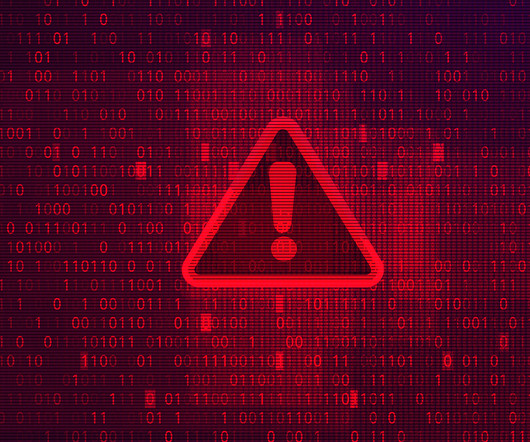On Chinese "Spy Trains"
Schneier on Security
SEPTEMBER 26, 2019
The reason these threats are so real is that it's not difficult to hide surveillance or control infrastructure in computer components, and if they're not turned on, they're very difficult to find. Even so, these examples illustrate an important point: there's no escaping the technology of inevitable surveillance. Our allies do it.


















Let's personalize your content